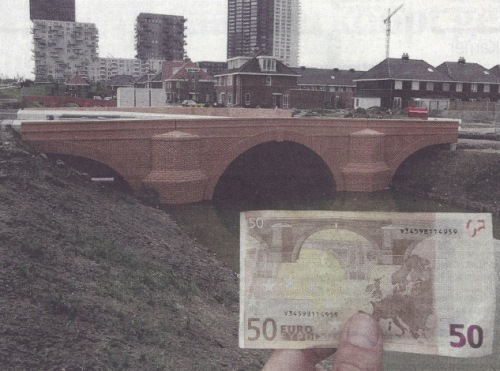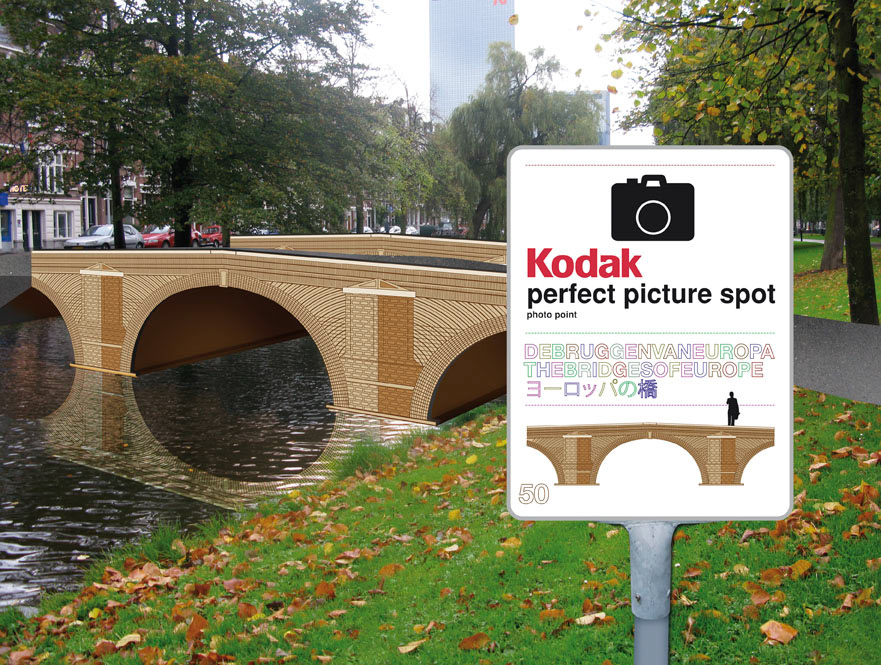
BRIDGES OF EUROPE
The Bridges on the Euronotes are fictional... o Really?
The Bridges on the Euronotes are fictional... o Really?
On the first of January 2002 new banknotes were introduced in Europe. In addition to windows and gateways, these seven banknotes also depict several bridges. Each bridge has an individual appearance, all of which can be recognised as having originated throughout certain periods in European cultural history: Classical Antiquity, the Roman period, the Gothic period, the Renaissance, Baroque and Rococo, Iron- and glass architecture and lastly contemporary, twentieth century architecture. Designed by Robert Kalina, the bridges are meant to illustrate the tight collaboration and communication between Europe and the rest of the world in general, but more importantly, amongst the European countries in particular.
However, the bridges portrayed in the banknotes are fictional.
They have been designed to prevent one single member state from having a bridge on their banknote opposed to other states not having any depicted in theirs. In other words, “member state neutral” banknotes.
Now wouldn’t it be amazing if these fictional bridges suddenly turn out to actually exist in real life? And wouldn’t it be even more amazing if these bridges were to be built in a new housing project in the former centre of urban development and suburb, Spijkenisse.
The first two are finished, the others will be ready at the end of 2012.
However, the bridges portrayed in the banknotes are fictional.
They have been designed to prevent one single member state from having a bridge on their banknote opposed to other states not having any depicted in theirs. In other words, “member state neutral” banknotes.
Now wouldn’t it be amazing if these fictional bridges suddenly turn out to actually exist in real life? And wouldn’t it be even more amazing if these bridges were to be built in a new housing project in the former centre of urban development and suburb, Spijkenisse.
The first two are finished, the others will be ready at the end of 2012.










